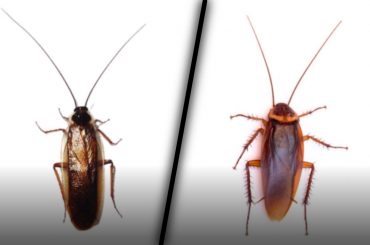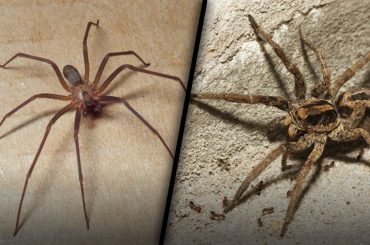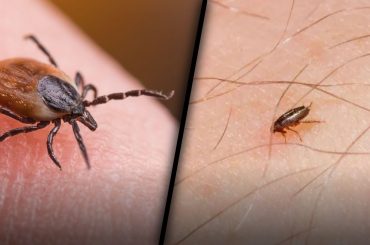Most homeowners mistake the Eastern Subterranean Termite (the most prevalent species of termite in Pennsylvania) for Carpenter Ants because both are wood-destroying insects living in colonies.
Different methods are needed to exterminate them, so distinguishing between them is crucial.
We’ll discover how to tell the difference between carpenter ants and termites.
What is the Difference Between Termites and Carpenter Ants?
1. Appearance
What Do Carpenter Ants Look Like?
Physical characteristics of Carpenter ants include:
- Antennae: Antennae with an angle
- Body: three-parts with a thin waist
- Color: black/dark brown
- Wings: Carpenter ants have different-sized wings when they swarm
What Do Termites Look Like?
Physical characteristics of termites include:
- Antennae: Straight
- Body: Rice-shaped body with two parts
- Color: White or tan termites
- Wings: The wings of a swarming termite are of equal size
2. Diet
What do carpenter ants eat?
The type of food eaten by carpenter ants is insect honeydew, juices made from plants and fruits, insects, and other arthropods, according to Pest World. Wood is only used by carpenter ants for protection, not for nutrition. Even though they consume a lot of it, they do not consume wood for nutrition.
What do termites eat?
As the only insects capable of digesting cellulose, termites are unique. A termite’s diet is largely composed of dead wood, which contains cellulose, one of the richest sources of energy.
3. Behavior
Damage caused by Carpenter Ants
- You can find hollowed-out wood galleries by looking for them. Carpenter ants will enjoy nesting in smooth, neat piles of fine sawdust shavings, accompanied by piles of fine sawdust shavings.
- Check walls, window sills, and ceilings for crunching and rustling sounds.
Termite Damage and Activity Signs
- The walls, foundations, and basements of your home may have mud tubes or tunnels.
- Excreta, soil, and chewed wood can be found in wood galleries.
- A termite swarmer, also known as a termite breeder, should be observed.
- Near windowsills and doors, you will generally find discarded wings.
Treatment Methods For Carpenter Ants vs Termites
How To Get Rid of Carpenter Ants
Step 1: Call Your Local Pest Control Provider
Due to their social nature, carpenter ants will be most effectively treated if they are targeted at the colony as a whole. Identify sawdust piles and watch for foraging ants on the property to find the colony, which can be discovered by having a pest control professional inspect the property.
Step 2: Determine the Best Treatment Option For Carpenter Ants
There are a variety of places where carpenter ants live. The treatment of ants varies depending on where the colonies are located on a case-by-case basis. Here are some examples:
- Treatment of colonies inside wall voids is very effective with dust formulations.
- The perimeter of the property should be treated with liquid pesticides to create an invisible barrier so the ants cannot get back to their colonies through it.
- An effective method of treating carpenter ants is to place baits at sites suspected to be inhabited by the ants.
How To Get Rid of Termites
Step 1: Call Your Local Pest Control Provider
A termite inspection and assessment will be conducted to determine if the property is conducive and if termites have caused any damage. By doing this, you will be able to get a more accurate price quote as well as the best options for termite treatment depending on the situation.
Step 2: Determine the Best Treatment Options For Termites
Liquid soil treatments and baiting systems are the most commonly used treatments for subterranean termites.
- It normally involves digging a shallow trench around the outside perimeter foundation of the property and filling the trench with liquid termiticide, as well as drilling holes into the structure.
- Since most liquid termiticides cannot be used within 25-30 feet of a well or pond, baiting systems are a great option for homeowners. Termite baiting systems, like Sentricon, involve burying multiple underground monitoring stations around the perimeter of an entire house with wood baits.





